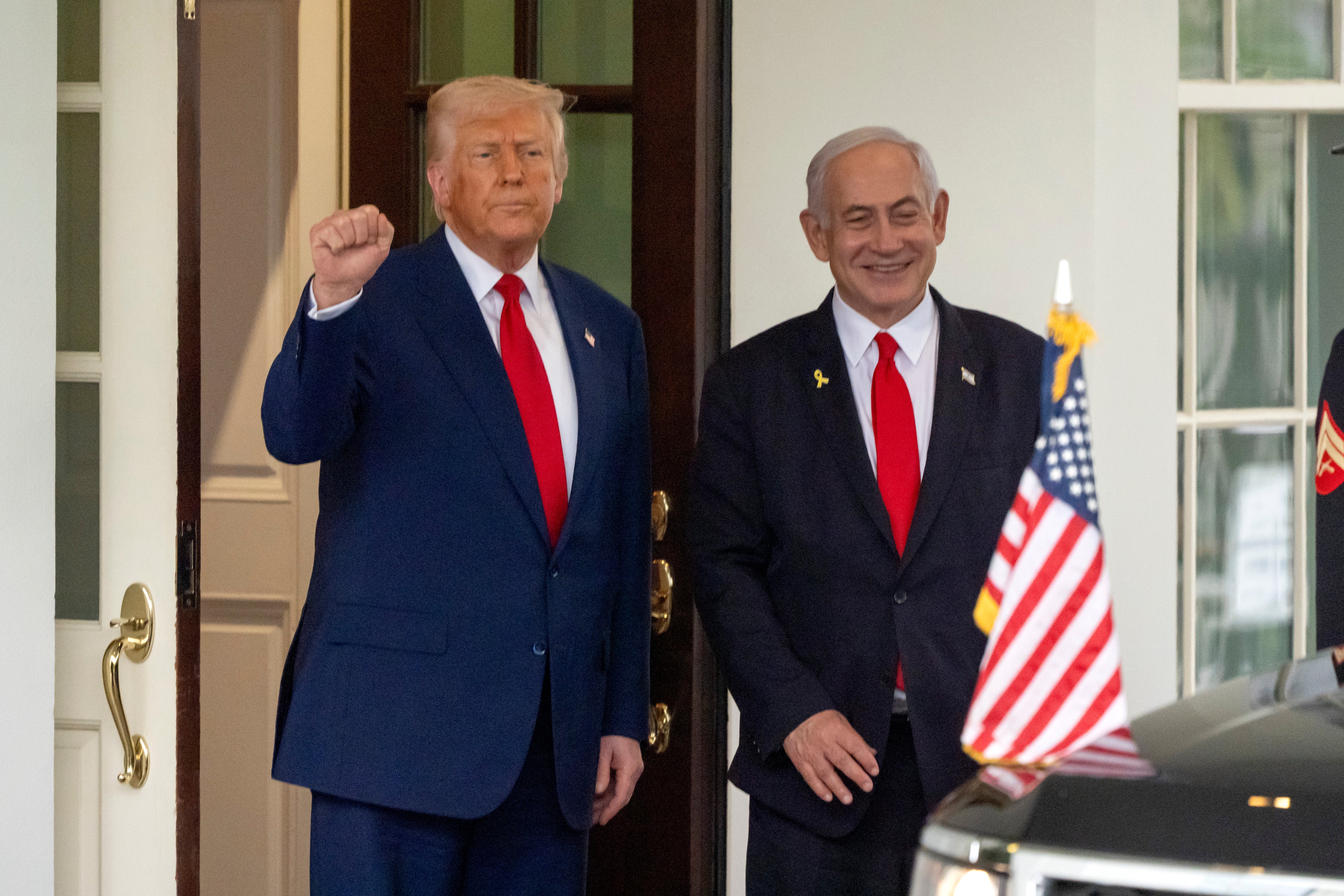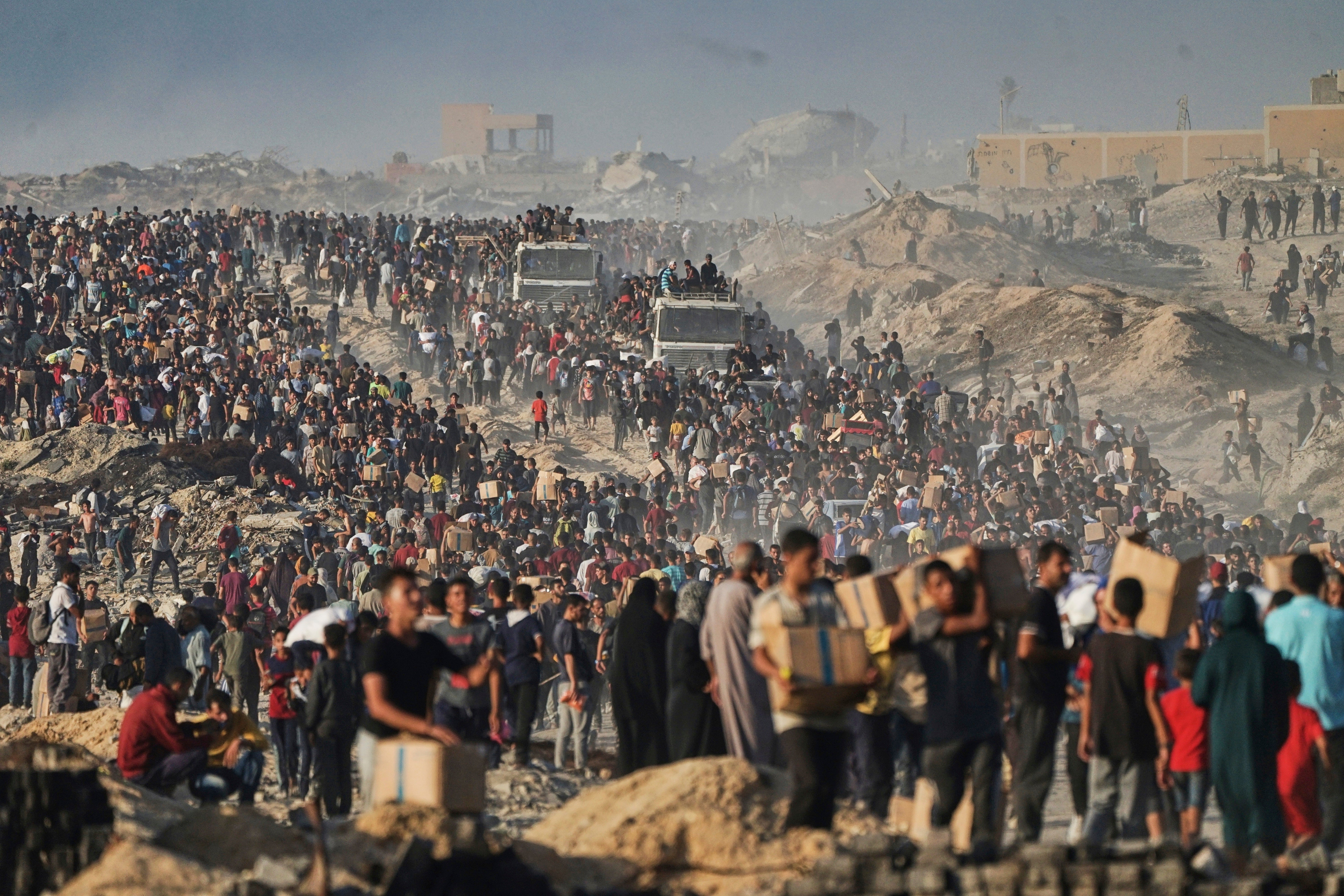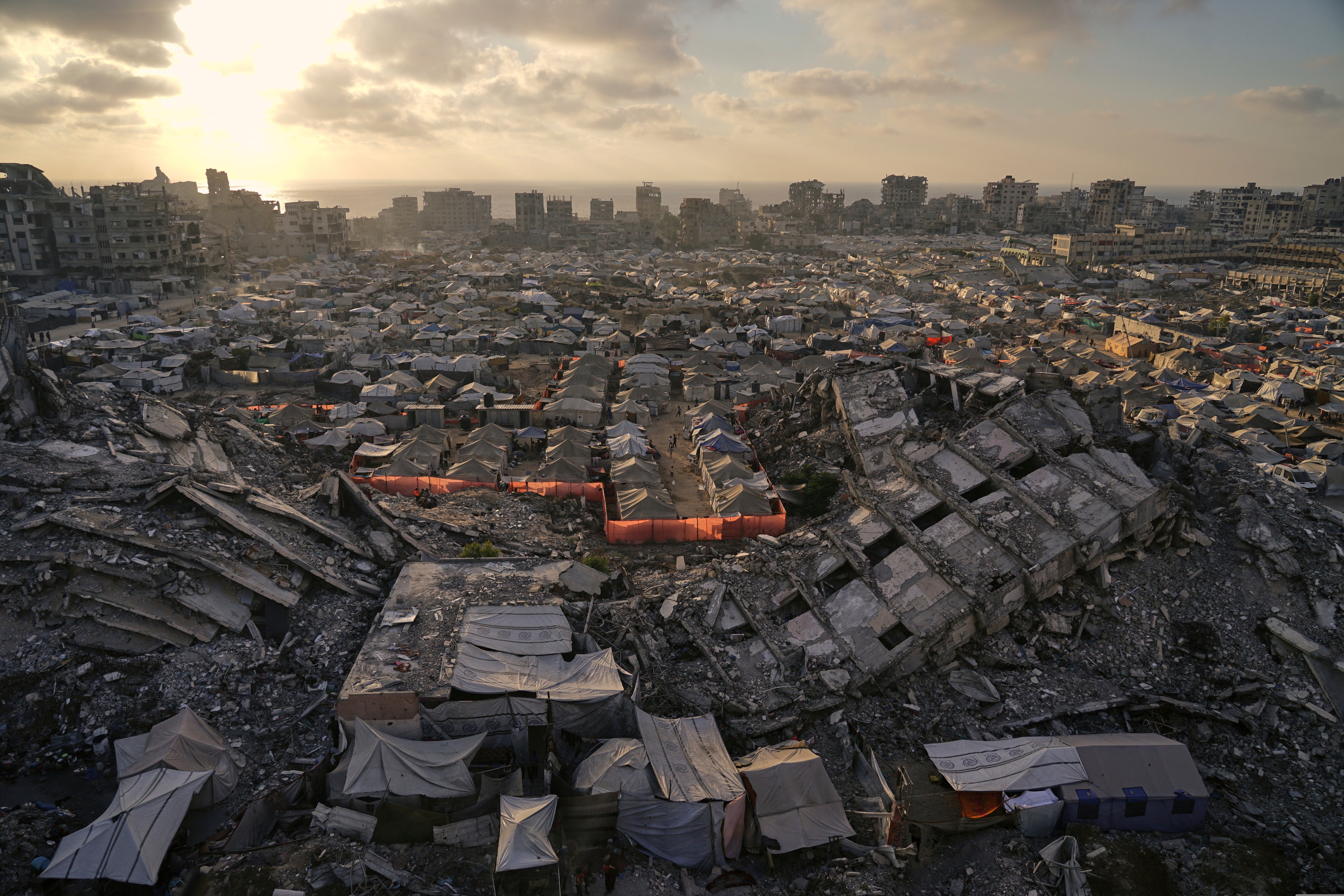The Israeli government said Thursday that Donald Trump’s plan to relocate nearly two million Palestinians from Gaza is “still active,” despite widespread opposition from U.S. allies and warnings from rights groups that it would constitute a war crime.
“President Trump has made clear that plan is most definitely still active,” Israeli government spokesperson David Mencer said in response to a question from The Independent about the plan’s status.
“We think it’s a good idea. The Prime Minister has praised the idea. It’s certainly out-of-the-box thinking,” he added.
The White House did not deny the plan was still a possibility when asked by The Independent.
“President Trump has long advocated for creative solutions to improve the lives of Palestinians, including allowing them to resettle in a new, beautiful location while Gaza rebuilds,” White House Deputy Press Secretary Anna Kelly said.

The comments come ahead of a visit from Israeli Prime Minister Benjamin Netanyahu to the White House next week, where he will meet with Trump to discuss a potential ceasefire with Hamas and the future of Gaza.
Trump first pitched his plan for the United States to “take over” and rebuild Gaza as the “Riviera of the Middle East” in February, calling the territory a “demolition site” and suggesting that Palestinians would have “no alternative” but to leave.
Rights groups said the plan to move Palestinians en masse in the midst of war amounted to a forcible transfer, and could constitute a war crime under the Geneva Conventions.
Trump later appeared to back off the plan, telling Fox News host Brian Kilmeade in late February: “I’ll tell you, the way to do it is my plan. I think that’s the plan that really works. But I’m not forcing it. I’m just going to sit back and recommend it.”
But the comments from Israel’s spokesperson suggest the plan may still be on the table.
“President Trump and [White House Middle East negotiator] Steve Witkoff, they are both in former lives property developers, and the international experts have said that to rebuild Gaza from the mess which Hamas created will take 15 to 20 years,” Mencer said.

“Why on earth should Gazans continue to live in those conditions if there is an opportunity for them to seek sanctuary elsewhere?” he asked.
Since Trump pitched his plan, Israel has launched another major offensive that included the forcible transfer of Palestinians to southern Gaza, which Netanyahu claimed was to “protect” civilians from the fighting.
Israel’s far-right Finance Minister Bezalel Smotrich said the aim of the operation, launched in May, was “to conquer the Gaza Strip.”
Hundreds have died in the offensive, many of them while seeking aid at new aid points set up in southern and central Gaza in an Israeli-backed effort run by an American non-profit and funded by the Trump administration to the tune of $30 million.
Former officials from the U.S. State Department and USAID who have worked on emergency aid delivery described the new aid system as “grotesque”, “dangerous” and part of a larger plan to use aid to control the movement of Palestinians.

“A basic principle of humanitarian response is you move the aid as close as you can to where the people are. They’re doing the opposite of that, the diametric opposite of that, which suggests that they want to draw people to the south,” said Jeremy Konyndyk, who oversaw famine relief at USAID for three years during the Obama administration and is now president of Refugees International.
“I think that is highly suggestive of the longer-term agenda here,” he added.
Israel has made no secret of its desire to encourage what it has described as the “voluntary” relocation of Palestinians from Gaza to neighboring Arab countries, all of whom have rejected the plan.
“Einstein was the person that said that repeating the same thing again and again, and expecting a different outcome is the first sign of insanity,” Mencer, the Israeli government spokesperson, said on Thursday.

“We believe that withdrawing from Gaza and then just allowing Hamas to regroup, to rebuild themselves and attack us again as they say they wish to do, is simply not an option after October 7th,” he added.
Netanayhu is set to land in Washington DC on Sunday and meet with Trump the next day primarily to discuss Gaza and the impact of the joint Israeli-US strikes on Iran. Pressure is mounting on Israel to agree to a ceasefire deal after the US President promised a truce for Gaza could be sorted as earlier as next week.
The Israeli premier, in his third visit to Washington since Trump returned to office in January 2025, is also due to meet Vice President JD Vance, Secretary of State Marco Rubio, Secretary of Defense Pete Hegseth as well as Witkoff, Trump’s special envoy to the Middle East.
The Independent understands a delegation from Hamas is already in Doha, to meet Egyptian and Qatari negotiating teams. The main sticking point for the deal has been Hamas’s calls that it must lead to a permanent end to the fighting – Palestinians also have concerns about the ongoing occupation of Gaza by Israel troops, and who will rule the Strip.



